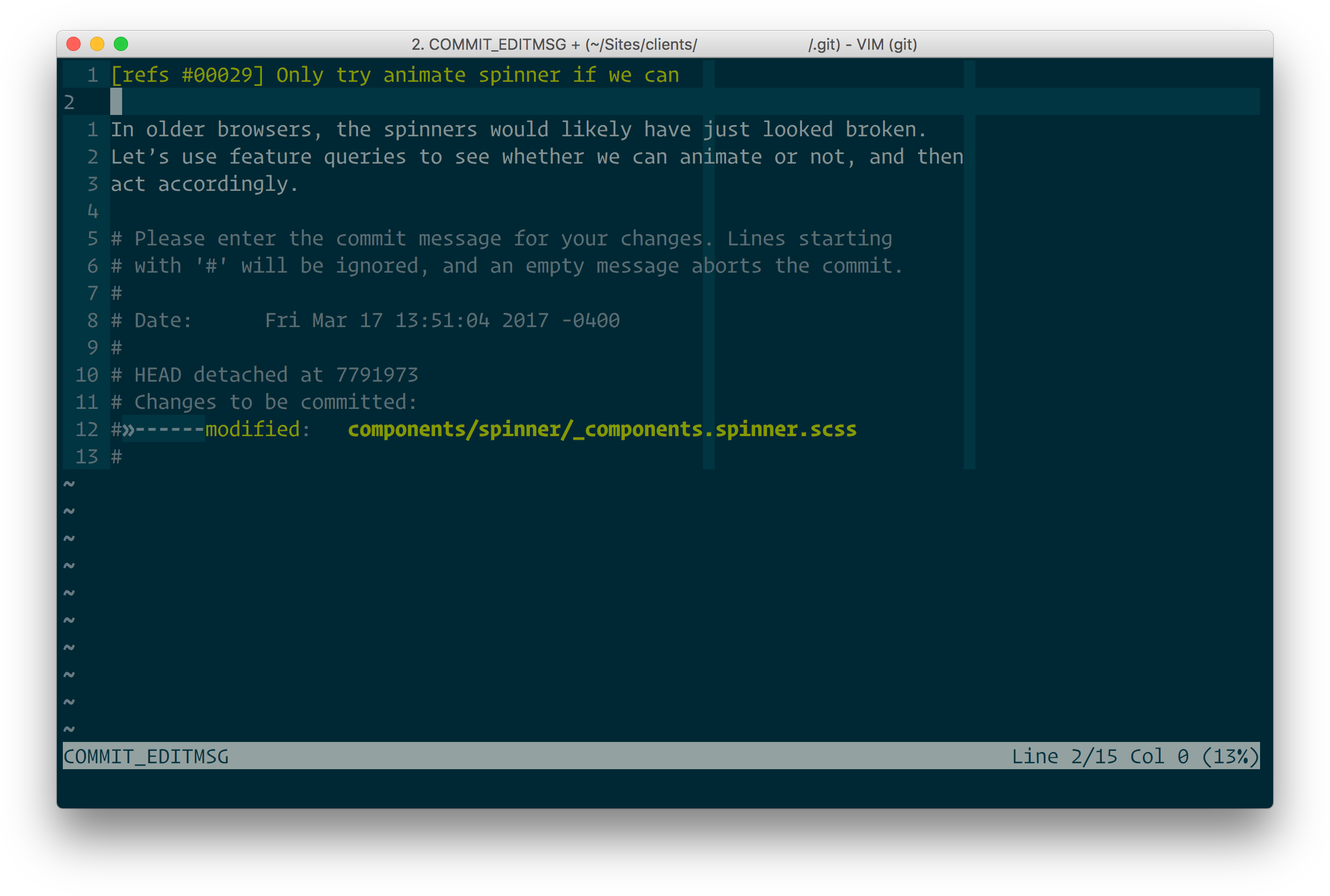

Staging an entire hunk: select the Stage hunk button at the top of the file Staging an entire file: select the Stage file button at the top of the file To commit new changes to the local repository, you'll first need to stage the changes. Modified files appear in the Working Directory section, and new files appear in the Untracked Files section. Once you have made changes to any local files in your repository, your changes appear in the Pending changes section. (See customizing the command palette) Creating a commit You can also add you're own custom commands to the command palette. The command palette presents a list of commands which can be filtered by typing portions of the command name you're looking for. You can open the command palette via Tools Command palette… or via Ctrl + p ( Cmd + p for MacOS). The command palette is a quick way to access a vast selection of commands available to you in Sublime Merge.įor example, renaming a branch or navigating to a tag When a commit is selected in the commit graph, the details of the selected commit are shown in the details section.Ĭommit metadata such as the commit message and author is displayed at the top of this section.īelow the commit metadata is a list of all changed files and their associated diffs (changes). To create a new commit, see Creating a commit. Each file has an associated tab which can be selected to view the changes to the individual file. When no commits are selected in the commit graph, the current state of the working directory and index is shown in the details section.įrom here you can prepare and create new commits.Ī diff is displayed for each Unmerged, Modified, Untracked, and Staged file. The details section displays a detailed view of the selected item in the commit graph. If a commit is selected, the files list will show all changed files in the selected commit. If no commits are selected, the files list will show all Unmerged, Modified, Untracked, and Staged files. The Files column displays a list of all files associated with the current selection. If multiple commits are selected, a diff of the first and last commit will also be displayed in the Details section. Multiple commits can be selected to perform bulk operations such as squashing or dropping commits. When a commit summary is selected, the details of the selected commit are displayed in the Details section. The context menu of a commit summary also contains common actions.
#Git sublime merge series#
The commit graph is drawn as a series of commit summaries connected via coloured lines (indicating the topology of the commits).Įach commit summary contains useful information such as the commit message and author, along with any associated branches. The Commits column displays a graph of all commits contained in the repository. Each item also has a context menu which displays common actions. The Locations column displays all branches, remotes, tags, stashes, and submodules contained in the repository.Įach item can be selected to reveal its location in the commit graph (excluding submodules). It contains the Locations column, the Commits column, and the Files column - each of which will be described below. The overview section is designed to show a summary of the repository. The Sublime Merge interface consists of two main sections - the Overview and the Details section. Once you've done this, the new repository will open automatically in Sublime Merge.

#Git sublime merge password#
(likely the username and password you use to authenticate with the remote service)

(Optional) the authentication information for the remote repository.Alternatively, if you're starting a new project, skip to Creating a new repository. This process will create a copy of a remote repository on your local machine so you can begin making changes. The first step when using Git is usually cloning an existing remote repository.
#Git sublime merge download#
If you haven't already downloaded Sublime Merge, visit the download page. In this guide you'll be shown all the steps you need to get started. Getting started with Sublime Merge is simple.


 0 kommentar(er)
0 kommentar(er)
